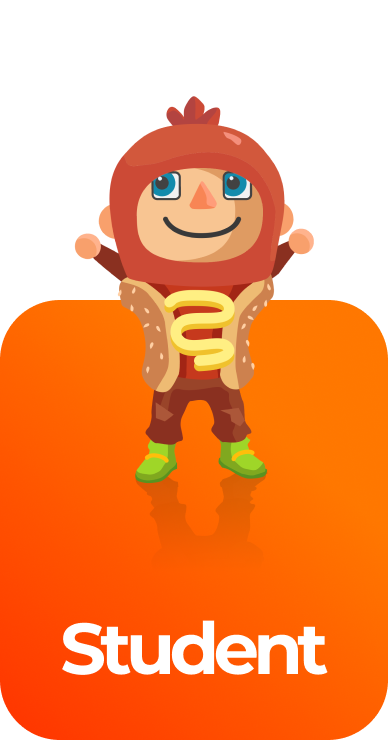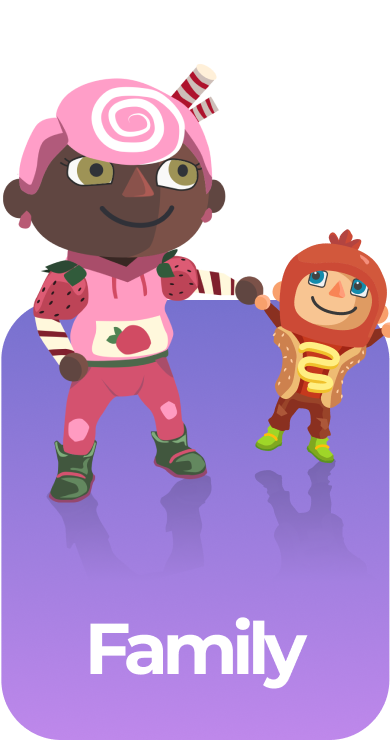Sexual Reproduction and Genetic Variation Science Games
5 gamesIn this series of games about Sexual Reproduction and Genetic Variation, your students will learn how hereditary traits are passed down in the form of genes.
The Sexual Reproduction and Genetic Variation learning objective — based on NGSS and state standards — delivers improved student engagement and academic performance in your classroom, as demonstrated by research.
Scroll down for a preview of this learning objective’s games and the concepts they drive home.
Concepts Covered in Sexual Reproduction and Genetic Variation
Asexual reproduction involves just one parent. As a result, the offspring it produces is genetically identical to the parent.
Sexual reproduction, on the other hand, requires two parents. Their reproductive cells go through the cell division process of meiosis, dividing into four parts called haploid gametes. Each gamete carries half of the parent cell’s genetic information, so when two parents’ gametes come together, they form a full set of chromosomes.
Humans have 46 chromosomes, existing in 23 pairs. The pairs are homologous, meaning the two chromosomes are similar in size, shape, and gene position.
Species that reproduce sexually have greater genetic variation. Chromosomes can carry different forms of a gene, called alleles, that can create different genetic combinations for that trait. These are called heterozygous chromosomes. If they carry the same alleles, they are homozygous chromosomes.
Check out these ten games offered in this learning objective!
A further preview of each game is below.
You can access all of the games on Legends of Learning for free, forever, with a teacher account. A free teacher account also allows you to create playlists of games and assignments for students and track class progress. Sign up for free today!













